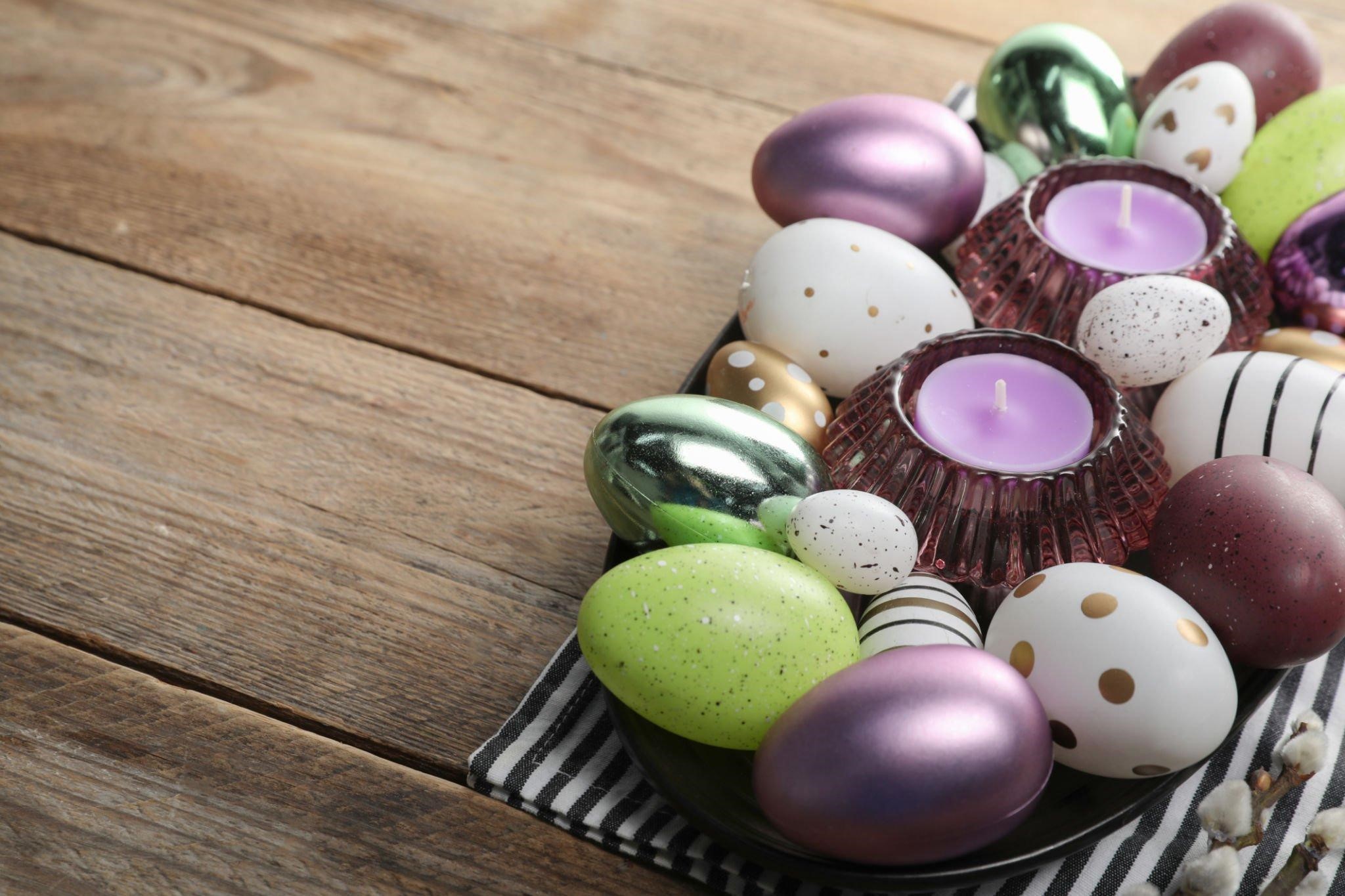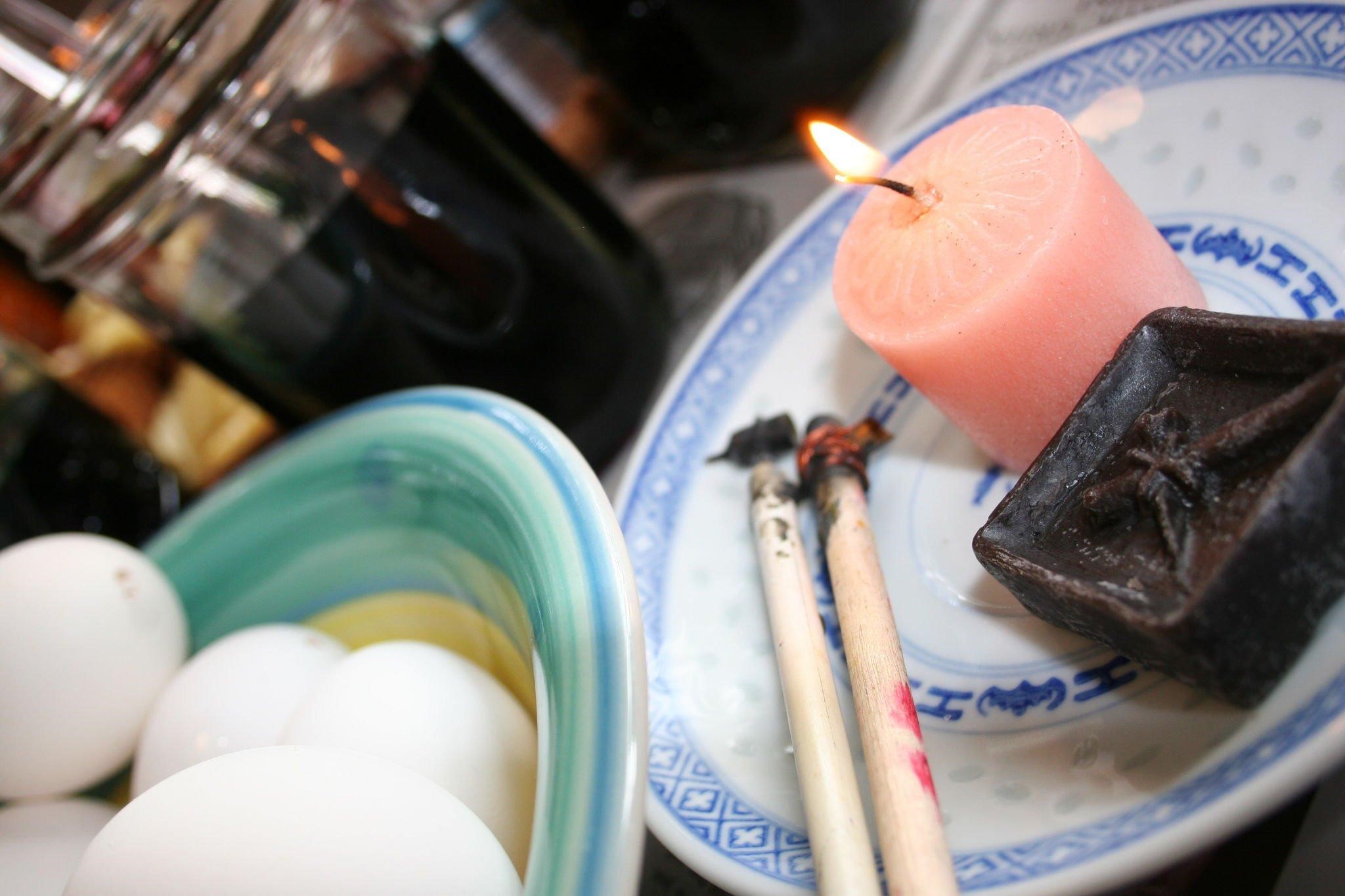Contents
Candlemaking is an art that combines creativity and craftsmanship, where simple wax is transformed into decorative and aromatic pieces that lighten our spaces.
One crucial aspect of this process is the selection of the correct dyes, as they contribute to the visual appeal of the finished product.
Customers prefer Bekro Dye available on Candles Fantasy because it ensures that their creation is visually stunning and aligns with their artistic vision and purpose.

Types of Candle Dyes
1. Liquid Dyes
Liquid dyes are famous for their ease of use and versatility. They come in a concentrated liquid form, allowing for precise color control. These dyes mix seamlessly with paraffin and soy waxes, providing a broad spectrum of colors.
Additionally, liquid dyes often produce vibrant and consistent hues, making them an ideal choice for various candle designs.
2. Dye Blocks
Dye blocks are solid, colored blocks that are melted and mixed with the wax. They offer a straightforward method of achieving consistent colors, and their solid form makes them easy to handle and measure.
Dye blocks are particularly suitable for larger batches of candles, offering uniform coloring throughout.
3. Dye Flakes
Dye flakes are small, easily measurable particles that dissolve in melted wax. Like liquid dyes, they allow for precise color control and are suitable for intricate designs.
Dye flakes are known for their ability to produce subtle, pastel shades, making them an excellent choice for those seeking a softer color palette.
Considerations for Choosing Candle Dyes
1. Wax Compatibility
Different dyes are formulated for specific types of wax. Choosing dyes that are compatible with the wax you’re using is crucial, whether it’s paraffin, soy, beeswax, or a blend.
Using the wrong dye can result in uneven coloring, poor adhesion, or an undesirable finished appearance.
2. Color Intensity
The intensity of your desired color plays a significant role in dye selection. Liquid dyes often provide more vibrant colors, while dye flakes and blocks may offer a more subdued, natural appearance.
Consider the mood and atmosphere you want to create with your candles and choose dyes accordingly.
3. UV Stability
If your candles will be exposed to sunlight, it’s essential to select dyes with UV stability to prevent fading over time.
This consideration is particularly relevant for candles intended for outdoor use or those displayed in areas with significant sunlight exposure.

4. Fragrance Compatibility
Some dyes may interfere with the scent of your candles. Ensure that the dyes you choose are compatible with the fragrance oils you plan to use, as certain dyes can alter or diminish the candle’s aroma.
5. Safety and Health
Prioritize dyes that are safe for use in candles and won’t release harmful substances when burned. Look for dyes designed explicitly for candle making to ensure that they meet safety standards and regulations.
Conclusion
Choosing the correct dyes for candle making is crucial because it significantly influences the final product’s appearance and quality.
Considering factors such as wax compatibility, color intensity, UV stability, fragrance compatibility, and safety helps you create candles that show your artistic vision and provide a delightful visual experience for users.
